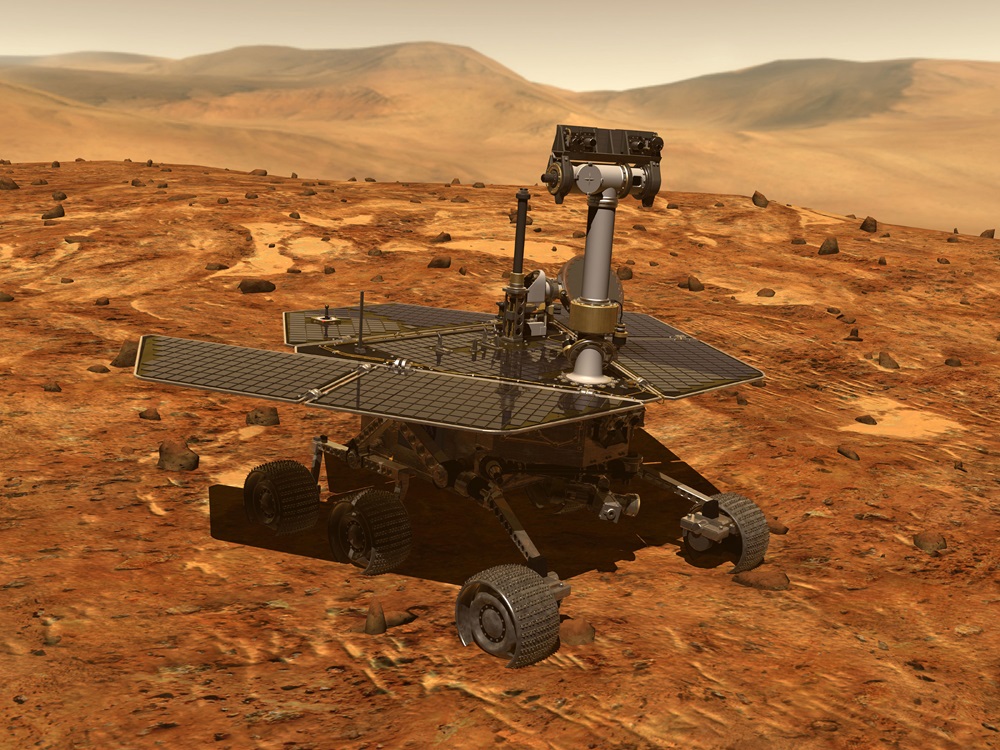Will the Opportunity Rover Wake Up Soon?
Posted on Categories Discover Magazine

Waiting by the Phone
For now, engineers continue to listen to Mars for signals from Opportunity at her programmed fault check-in intervals. They also send prompts to the rover and listen for a response during these times. The team has also essentially widened the net — the radio science group at the Jet Propulsion Laboratory is listening daily for Opportunity on a broader range of frequencies than normal, using specialized radio equipment focused on Mars during most of the daylight hours at the rover’s location. However, the dust opacity (called tau, which is essentially the amount of atmospheric dust blocking out the Sun) is still too high over Opportunity, and engineers aren’t expecting a reply until the skies clear further. The last measured tau above the rover was 10.8 as the storm ramped up to full force, compared with normal conditions of about 0.5. Even now, the tau above the site remains at about 2.1, based on observations with MRO.
Once the rover’s “voice” is heard, engineers can begin assessing her condition and determine which of the expected faults she may have experienced. They will check the rover’s battery levels — and their capacity — as well as the onboard clock, and reset systems as needed. Using the rover’s camera, they can check for areas that may be caked with dust to determine whether science activities or motion might be impaired. Despite the months-long storm, engineers aren’t too worried about the dust, as most particles collected by the rover over time is eventually dropped. The remaining dust can be modeled and calibrated out of images.
But even once the rover has (hopefully) been recovered, she might never be the same. If prolonged hibernation has affected overall battery capacity, they might not be able to retain enough power to run the much-needed heaters that keep the rover warm enough to survive martian winters. If this is the case, Opportunity may survive the next few months only to perish in the cold when winter hits. Regardless of what the coming seasonal changes may bring, however, engineers, scientists, and much of the public on Earth are pulling for the little rover that could.
The MER team continues to update the mission’s official page on the team’s expectations and the conditions at the rover’s site. NASA’s Mars Exploration Program has set up an online postcard generator, where you can send Opportunity a heartfelt message from home.